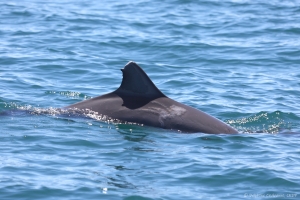WAMSI offering two free student registrations for lobster biology conference
The Western Australian Marine Science Institution is offering two WA-based Honours, Masters or PhD students the chance to improve their understanding of rock lobster and crab biology with free registration for the International Conference and Workshop on Lobster Biology and Management (ICWL) in Fremantle this October.
The theme of the 12th ICWL is ‘Ecosystem-based fisheries management (EBFM)’ – an approach that recognises all interactions within an ecosystem rather than considering a single species or issue in isolation.
WAMSI is a Bronze Sponsor of the conference and has secured two student registrations to offer people undertaking study at any of our partner universities (Curtin University, Edith Cowan University, Murdoch University and The University of Western Australia) or working at our partner organisations while doing further studies. They must be WA based but can be enrolled at other universities.
WAMSI Research Director Dr Jenny Shaw said it was an opportunity for students to find out more about marine research and fisheries and explore career opportunities.
“The ICWL began in Perth more than 40 years ago. At the time, 37 biologists from six countries met to discuss and compare their work on a range of lobster topics,” Dr Shaw said.
“Since then, it has grown in popularity and prestige.”
“Given the WA rock lobster fishery is the largest single species fishery in Australia with a value of more than $450m annually and was the first in the world to achieve Marine Stewardship Council accreditation, this is a fabulous opportunity for students to learn more about the industry as well as science around the species.
“It’s also a terrific opportunity to network at a prestigious, international conference.”
Students who are interested in applying for WAMSI’s student registration offer are asked to:
Write a letter (maximum of one page) outlining their area of study, explaining how they would benefit from attending the conference and stating where they are enrolled.
Applications should be addressed to Dr Jenny Shaw and be emailed to info@wamsi.org.au by 5.00pm on Monday 4 September 2023. A decision will be made on Monday 18 September.
Details about the conference can be found here.

